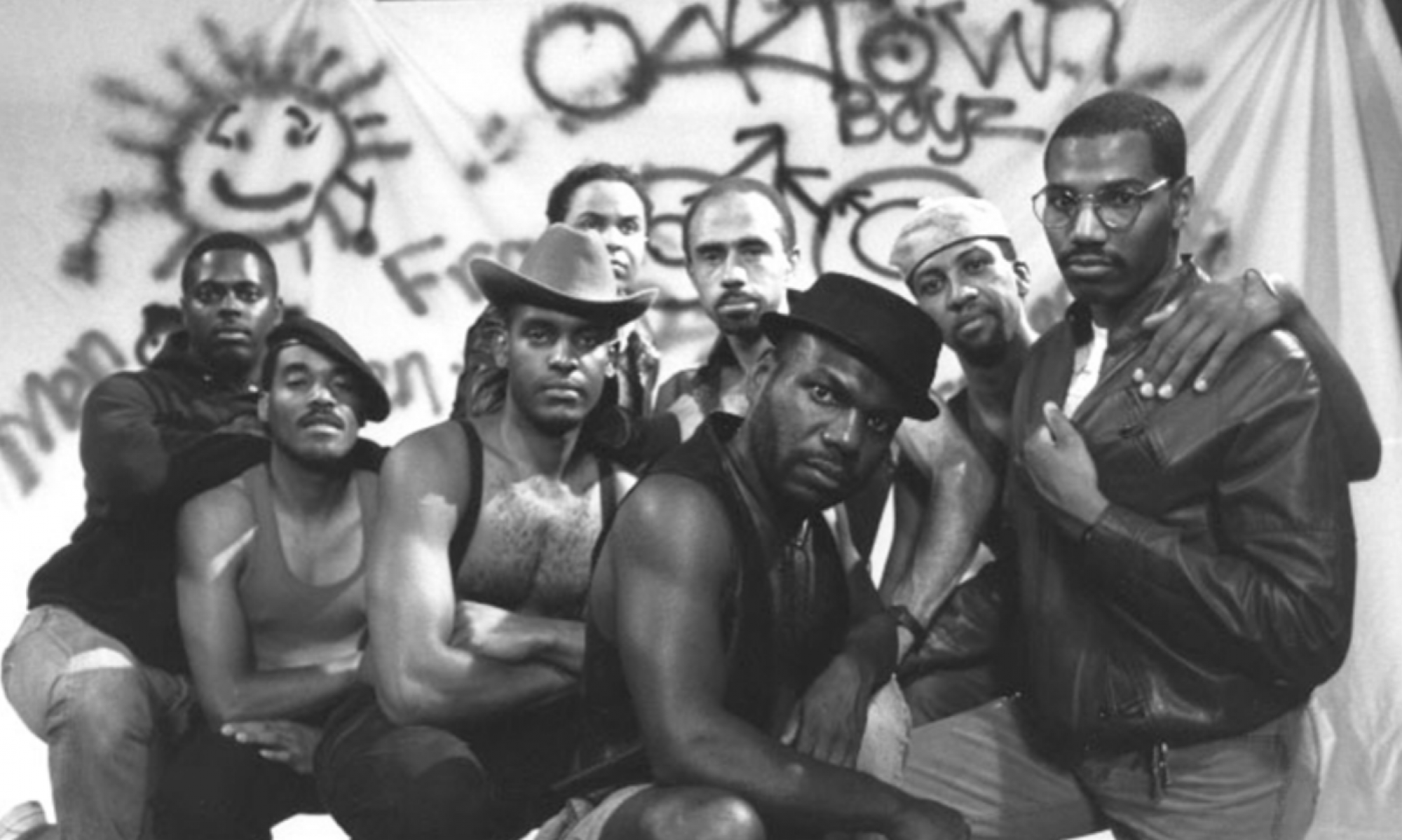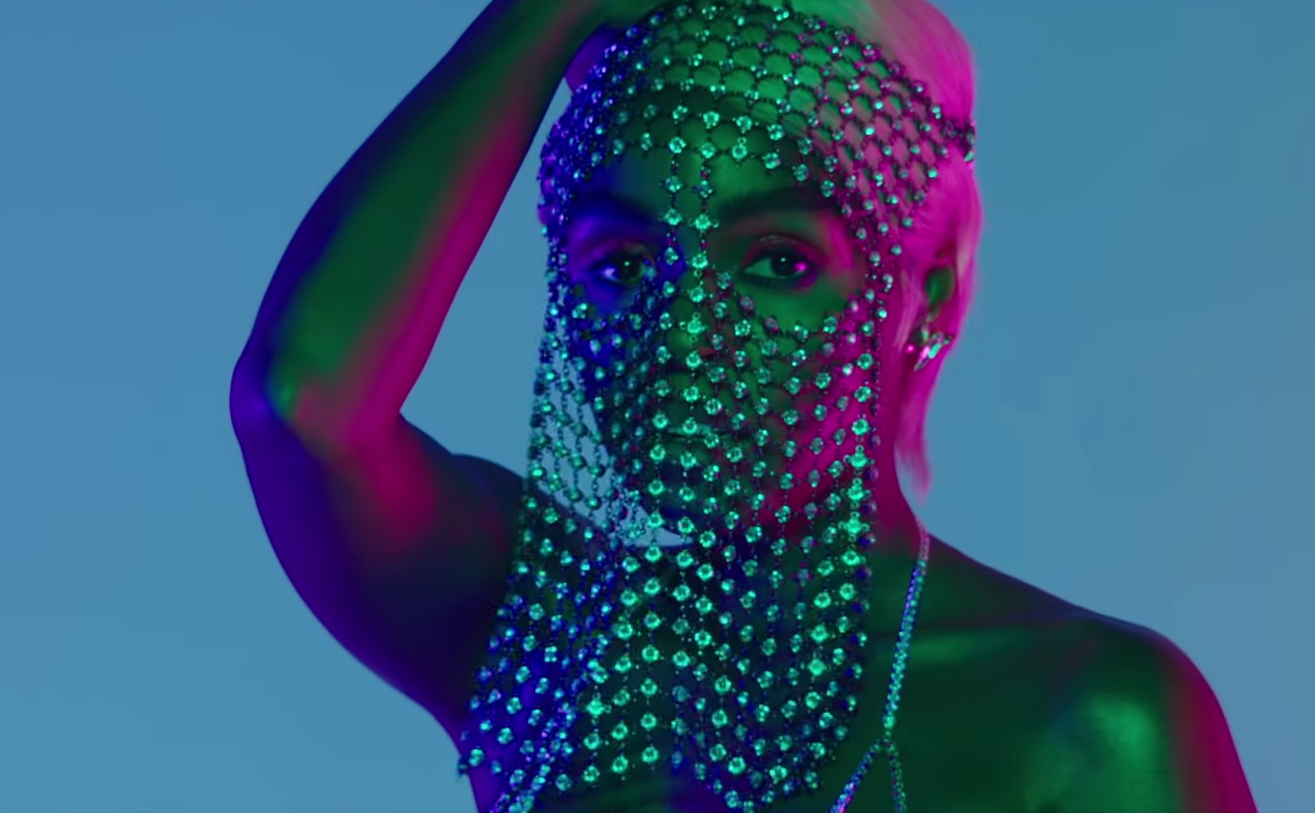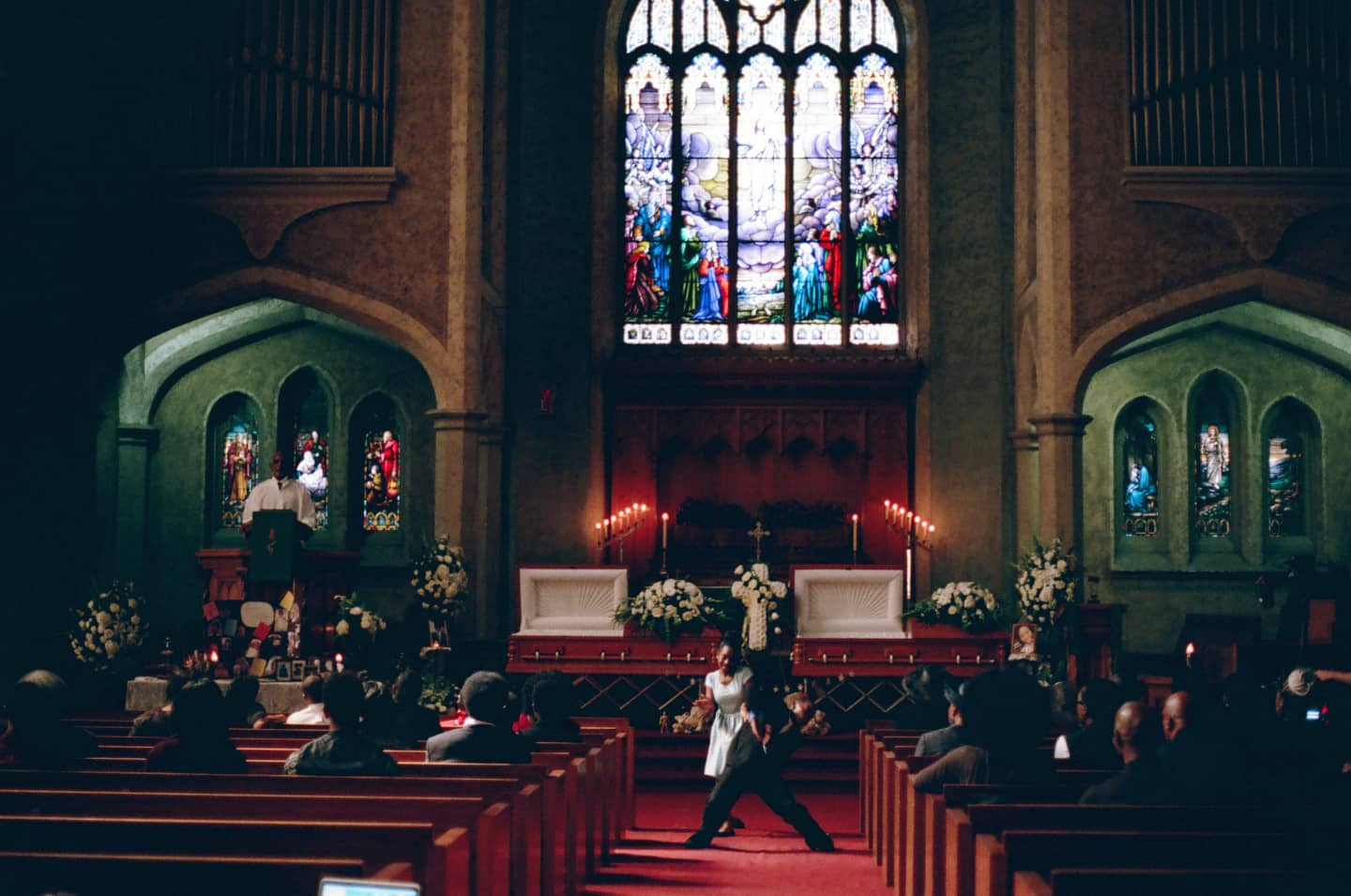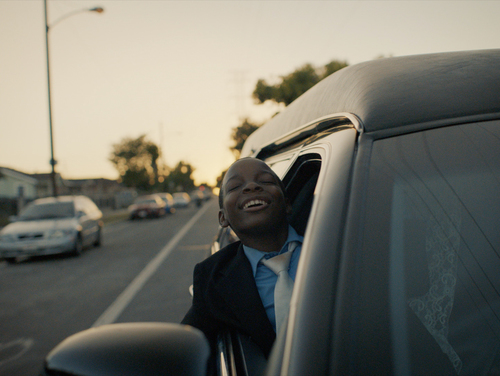“[W]hat we want the right to exist—not the right to privacy; the right to a life, not to a lifestyle.”[i] I read this line of Maxine Wolfe’s from Women, AIDS, and Activism many times over. Usually I reread to break down—to take stock of what I know and what blanks must be filled in later. For this singular line, though, I reread to accumulate—to develop new feelings and to imagine under what conditions people were living to feel compelled to articulate a threat to life.
Notwithstanding my own attraction to the excerpt’s message, it raises a critical question of whether we define life as something higher than the ways people live it, and whether the answer to that question is circumstantial, as it would have been for, say, a queer black male during the height of the AIDS epidemic.
The onset of the AIDS epidemic in the 1980s and its height in the 1990s is a source of great fascination for scholars in fields ranging from medicine to feminist and queer theory, for producers of culture, and, most importantly, for those who survived it. All told, I’m none of these; I’m neither a medical professional nor recognized sociological authority, still trying to figure the best way to take a good selfie, and was born in 1997. That said, our unit on HIV/AIDS activism and memory in this course has provoked quite a bit of thought over the last few weeks.
The most intense period of the (ongoing) HIV/AIDS epidemic seems to be such a unique chapter in American history because it existentialized differing identities in a way that had not been done so overtly before. For example, urban housing crises have disproportionately affected communities of color for our the entirety of our nation’s history, resulting in conditions that threaten health, and thus undermines the possibility of achieving longevity parity between people of color and white people. As sad as I am to say, however, there are enough dots one has to connect in this example that some do not bother thinking through its intersectional oppressions, and the physical harm that socio-economic stratification eventually causes. While I wish not to entrench the myth that the queer community was or is the only affected by the HIV/AIDS epidemic, the fact that queerness (particularly male homosexuality) was so commonly associated with AIDS, and that “AIDS = Death” was not an opinion, meant that the epidemic created two Americas in the American imagination. One was queer and the other was straight. In the former, people were dying and in the latter they were not. In the former, life was lucky. In the latter, life was a right. The gulf between the worlds was (is?) a traumatic one, and oftentimes seemed non-traversable from either side
As Thomas Keenan notes in “The AIDS Crisis Is Not Over,” there is both the catastrophe of death, especially within networks formed around identities, “[a]nd then it happens again, when the value of the witness in the testimony is denied, and there’s no one to hear the account, no one to attend or respond.”[ii] The beauty of activism, the most renowned of which was done by ACT UP, was not just the light it shed on the “shrouding of information” by institutionalized authorities, but also that it produced information relevant to the “convenient populations” within which the epidemic was most rapidly spreading.(3)[iii] “People are hungry for information that respects their lives,” Diana Diana wrote.[iv]
This hunger, however, can empower groups of varying motivations. As stated, it empowered activists to force truth through whatever cracks in mainstream media and insulated politics they could find. But for those that viewed homosexuality as a (poor) choice, and who viewed homosexuals as evil, duplicitous, and cowardly,[v] queerness disrespected their lives (hey, @mike_pence). So there developed a craving among those who possessed this ideology for information that respected their prejudices. The precise size of this base is not determinable and only somewhat relevant, for it is the intensity of the demand, in this case for information, that defines the force and quantity of the supply. “The biggest problem with even thinking about audiences is that one usually begins with some completely absurd fiction of generality,” Bordowitz said. “The general public is a market, a [phantom] market,” Crimp extended.[vi] Invalidating the identities of those who bore witness to the catastrophe, those who are associated with the AIDS community, necessitated their replacement with those who were not connected to it—witnesses from the phantom audience.[vii]
I do not feel compelled to dwell on why I think problematic the substitution of actual witnesses to the AIDS catastrophe with those who could parrot back headlines about the public health crisis it produced. Deserving of more analysis is the allocation of empathy and the firming of identity politics. In moments when queers were given airtime, their “characters” were discredited (I ask out of genuine curiosity: Was there another possible result?). In conceiving of a phantom audience-market, the invalid witnesses’ “characters” were substituted out for valid “witness” identities so audience members would recognize themselves in the “authorities” on issues at hand of life or death. But for whom, really, was this life or death?
Unless you were born radical (hint: you weren’t), we have all, at some point, used identity to decide what information is important to us, and information circulation facilitated by technological evolution has only automated this tendency. Thus, we use our identities, or relational identifications, as Crimp would say,(8)[viii] to learn the information that exists and is most relatable. I’m guilty; I’m using my own queerness as a guide in reading these texts, watching United in Anger, and in writing this response.
Because identity is that thing of which we imagine ourselves to be most certain ,and because “it [was] difficult to maintain an identity in this crisis,”[ix] identities operated as stand-ins for understanding. The result? Many a conversation that would otherwise have moved beyond identities to shared values was aborted. Witness replacement described by Crimp and Bordowitz[x] during the height of the AIDS epidemic went a step further. General audience witness surrogates utilized identity as a means of creating information that was not there before through an entitlement to narration. “[T]his phantom—the general public—is the most traumatized of all. It’s having the nightmares, suffering from the flashbacks, uncertain about what has happened to it…but it can’t identify the event.”[xi] Just as most identities are formed through negation, so, too, are the narrations by those who hold the right to narrate. The implied for the replaced witnesses becomes: [Queers and POCs and any other group most heavily hit by the epidemic] are causing the nightmares, responsible for the suffering, and know what is going on. The right to narrate gives license for abdication of responsibility.
ACT UP, and other AIDS advocacy organizations, were right to identify the need to narrate based on the stories of authentic witnesses and subsequently inject those narrations into the veins of the phantom audience—to expose the cover-up. I don’t think that the rapidly identified need to control the narrative nor the deft deployment of strategies to do so is coincidental in the slightest. The closet is discussed primarily in relation to the AIDS epidemic as a site of tragedy, and correctly so. The shame induced while in the closet and the emotional harm inflicted by outings of people on their deathbeds killed spirits before the disease killed their bodies.
But the closet, from an activist standpoint, was also highly productive. While in the closet, one doesn’t simply imagine a life with privilege, but lives one until their moment of reckoning—when they step or are forced out of it. Every queer person that became part of the movement, regardless of race or class, knew what it was like, at some point, to live a life where they had felt entitled to a narrative and, with hyper-caution, manipulated it. The collective familiarity among activists with navigating the dark space of the closet fostered dreams of a world where HIV/AIDS seropositive friends could live, where queer witnesses to the catastrophe could live authentically, and where they could participate in narrative formation after having been forced to choose between that right and living their living lives.
Losing privilege, and oftentimes health and sometimes life, for living an authentic life answers the question begged by Wolf’s one-line manifesta: under the circumstances of the AIDS epidemic in the 1980s and into the 1990s, rights—including that to life—were granted based on lifestyle. As a society, claiming to uphold a shared set of principles, we are still in desperate need of therapy to process the traumas we have wrought on and still cause one another. Even as wars being fought over narrative control only intensify on some fronts, other modalities of media may present opportunities for both individual catharsis and collective, cross-identity healing.
[i] Wolfe, Maxine. “AIDS and Politics: Transformation of Our Movement.” In Women, AIDS, and Politics. Boston, MA: South End Press, 1998.
[ii] Caruth, Cathy and Thomas Keenan. “‘The AIDS Crisis is Not Over’: A Conversation with Gregg Bordowitz, Douglas Crimp, and Laura Pinsky.” In American Imago. 48:541. 1991.
[iii] Hubbard, Jim and Sarah, Schulman. United In Anger: A History of ACT-UP. YouTube. Directed by Jim Hubbard. United In Anger, Inc. 2012. https://www.youtube.com/watch?v=MrAzU79PBVM.
[iv] DiAna, DiAna. “Talking that Talk,” In Women, AIDS, and Politics. Boston, MA: South End Press, 1998.
[v] Crimp, Douglas. “Right On, Girlfriend!” In Social Text. 33: 8. Durham, NC: Duke University Press, 1992.
[vi] Caruth and Keenan. “‘The AIDS Crisis is Not Over’: A Conversation with Gregg Bordowitz, Douglas Crimp, and Laura Pinsky.” 545.
[vii] Ibid. 546.
[viii] Crimp. “Right On, Girlfriend!” 12-13.
[ix] Harris, Gail. “AIDS and Politics: Transformation of Our Movement.” In Women, AIDS, and Politics. Boston, MA: South End Press, 1998.
[x] Caruth and Keenan. “‘The AIDS Crisis is Not Over’: A Conversation with Gregg Bordowitz, Douglas Crimp, and Laura Pinsky.” 547.
[xi] Ibid. 547.

 I read the schoolchildren’s performance as a means of survival in a hostile environment—a metaphor for most marginalized Americans’ patterns of consumption and labor in a socio-racially stratified system. Only possible to grasp with the long shots is the situation of the schoolchildren between [ring]leadership and the violence constantly unfolding in the background; as a collective, they are an enabler of violence caused by leadership’s behavior. Thus, their dancing extends commentary on the aforementioned double bind with which (especially racial) minority groups are faced: survival in an oppressive system renders one complicit in the oppression of other minoritized groups, even one’s own people. As if it were not obvious, “This Is America” sonicizes and visualizes the shattering of individualism as a potentially defiant force (as in “This Is Me”), implicitly calling for a collective politics.
I read the schoolchildren’s performance as a means of survival in a hostile environment—a metaphor for most marginalized Americans’ patterns of consumption and labor in a socio-racially stratified system. Only possible to grasp with the long shots is the situation of the schoolchildren between [ring]leadership and the violence constantly unfolding in the background; as a collective, they are an enabler of violence caused by leadership’s behavior. Thus, their dancing extends commentary on the aforementioned double bind with which (especially racial) minority groups are faced: survival in an oppressive system renders one complicit in the oppression of other minoritized groups, even one’s own people. As if it were not obvious, “This Is America” sonicizes and visualizes the shattering of individualism as a potentially defiant force (as in “This Is Me”), implicitly calling for a collective politics.


 The children shift from dancing to running, as they run from their own caskets, in a way like children running from an obligation, like a normal church service, rather than their own funeral. They’re having fun, celebrating their lives, giving the viewer an unexpected emotional experience out of this normally grim scene. As the children run away from the funeral, the scene opens up to the outside of the church, where they’re able to dance and enjoy the sunlight, with other black children, in a normal, happy neighborhood setting. The scene is now completely happy, with no reference to the previously grim scene that the children were just in, that is until they run to steal the hearse that was meant for them. As they steal the hearse, they’re still happy, celebrating their lives, and triumphing over the death that just loomed over them. The last shot, highlighting this the most, is the boy in the passenger seat of the hearse that was meant to transport him to his grave, feeling the wind in his face and smiling as he rides away.
The children shift from dancing to running, as they run from their own caskets, in a way like children running from an obligation, like a normal church service, rather than their own funeral. They’re having fun, celebrating their lives, giving the viewer an unexpected emotional experience out of this normally grim scene. As the children run away from the funeral, the scene opens up to the outside of the church, where they’re able to dance and enjoy the sunlight, with other black children, in a normal, happy neighborhood setting. The scene is now completely happy, with no reference to the previously grim scene that the children were just in, that is until they run to steal the hearse that was meant for them. As they steal the hearse, they’re still happy, celebrating their lives, and triumphing over the death that just loomed over them. The last shot, highlighting this the most, is the boy in the passenger seat of the hearse that was meant to transport him to his grave, feeling the wind in his face and smiling as he rides away.